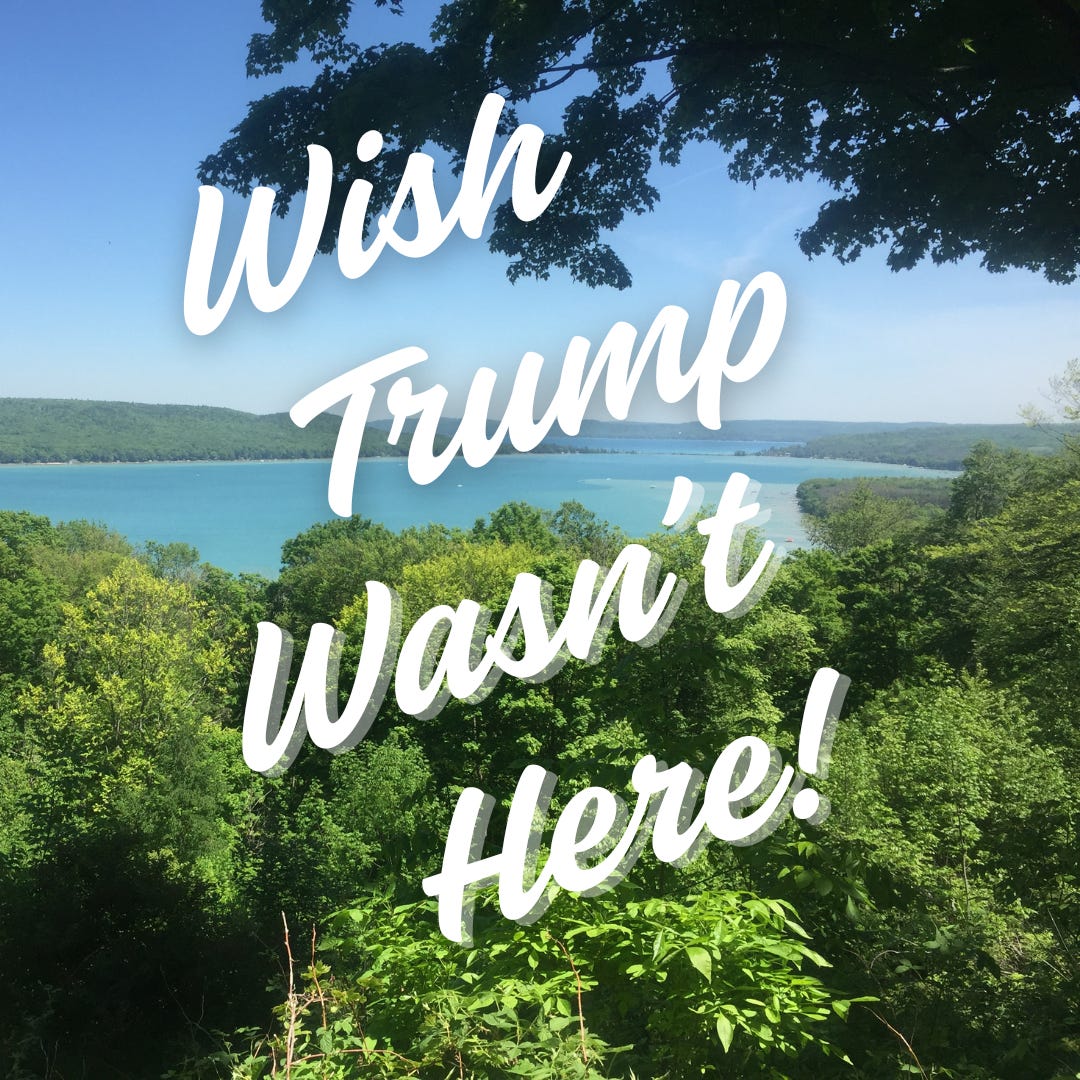Recreational trails, scenic viewsheds, and ecological gemstones are on the line
They Thought We’d Stay Quiet. Let’s Prove Them Wrong.
The Roadless Rule is ramping up as part of the fight for public lands, and I have to say, I am so ready for it. This battle pits the Trump admin against hunters, anglers, hikers, forest and park management, and everyday Americans who understand the importance of undisturbed nature and its rich biodiversity.
If you haven’t heard yet, the Roadless Rule is a policy directive from the late 1990s that protects certain public lands from being disturbed by roads. It was meant to protect sensitive areas from development-related harm and to ensure the health and longevity of our national forests. Despite persistent attempts to weaken or undo its restrictions, the Rule has endured and become a part of best practice in forest management.
Here are the basics you need to know:
The rule was created to curb irresponsible development characterized by clear-cutting forests on stream banks, not maintaining existing roads, and building roads on unstable land that couldn’t support them.
More than 1.6 million comments from the public shaped the rule, the most in US history. The vast majority were in favor of its protections.
It protected 58.5 million acres of land, including Alaska’s biodiverse Tongass. The Tongass has become a central target of the rule’s opponents, with power companies and energy developers (including the Bush and Trump admins) working to exempt the old growth national forest from the rule.
Senate and Congressional legislation backed the rule after legal challenges.
The National Forest Service also made policy moves that would protect and strengthen the Roadless Rule, especially in the Tongass.
In the last 4 months, the Trump admin has taken aim at the Roadless Rule as it seeks to expand mining, logging, and housing development on public lands. The USDA has moved to formally rescind the rule in all states except Idaho and Colorado, which are states that have made their own, more state-specific Roadless Rules that expanded initial protections.
By law, this change must first go through a public comment period. We have just 3 weeks to submit feedback, and many people don’t know it’s going on. Reportedly 16,000 comments were submitted in the first 3 days. Advocates of the Rule are getting the word out that we need more.
Interested members of the public have until September 19th to submit a comment. We are encouraged to write original, thoughtful responses and spread the news widely. Personal stories, professional knowledge, and fact-based objections are more impactful than short one-line messages.
You can enter your statement here.
Let’s show this administration the power of public outrage fueled by our love for public lands.
With love and hope for the future,
Stephanie
Support from readers like you strengthens my work. If you want to help me fight for truth, land, and local voices—against Trump and others—please become a paid subscriber today:
Let me know if you have left a comment yet, and tell us what matters most to you about our public lands remaining undisturbed!
Read more:
https://earthjustice.org/feature/timeline-of-the-roadless-rule
https://www.npca.org/articles/10475-6-reasons-to-keep-the-roadless-rule-in-place
Listen more:



I left a comment on the gov site. I told them that we don't have the right to destroy things just because we happen to be here now.
Let’s keep giving them hell.